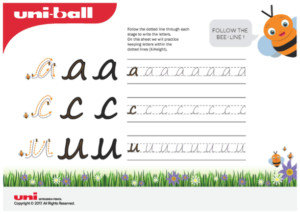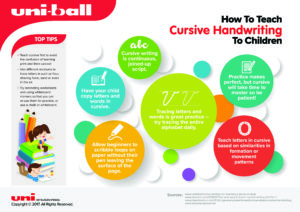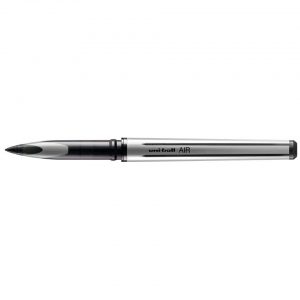We’re on a mission to teach parents how to help their children learn to write. So, here’s our guide to the key stages of handwriting development in children!
As well as guiding you through your child’s handwriting development we’ve included some fantastic free worksheets to help you along the way.
So, How Can You Help Your Child To Develop Their Writing Skills?
1. Mark Making and Simple Drawings
According to education writing experts in Handwriting development, competency, and intervention, the development of handwriting begins with ‘early scribbling which becomes more intentional with time’.
Teacher Zoë Dodd says the process of developing writing skills might be easier for your child if you encourage their motor skills and develop their hand strength.
Our fantastic free worksheets should definitely help you out with these two things. You can download them and print them off for free


2.Formal Pre-handwriting Patterns and Letter Formation
Your child will be ready to move on to the next stage of developing their writing skills when they can sit at a desk.
It is really important to ensure that the sitting position and table height is right for them.

Remember that every child’s handwriting develops at a different pace. When you are confident your child is physically ready you should teach them how to hold a pencil just like this . . .
Start out by getting your children to copy you drawing shapes. Educational website www.teachhandwriting.co.uk says:
“Teach your child the shapes and directional pushes and pulls of the writing tool required to form letters.
“All letters are combinations of these shapes and lines. Once they have mastered the pre-handwriting patterns they are ready to learn how to form letters.”
This article, on the Teach Handwriting website, recommends teaching your child the lower case letters of their names first and then the capital letters. They suggest using plain paper.
They say to remember: “The aim at this stage is to learn how to form the letters correctly not size or neatness.”
Teacher Zoë has this TOP TIP. . .
“If your child is struggling I recommend you get them to use a felt tip or whiteboard pen before pencils, as marks are instant without too much effort.”
3.Refining and Joining Letters
Once your child has improved their fine motor skills they will be able to write neater and smaller versions of letters and are ready to use lined paper.
To give them a little bit help along the way get them to have a go at our dotted line worksheet .

Then, when you feel your child is ready take a look at our worksheet that helps with cursive (joined up) handwriting. We also have our tops tips on how to improve handwriting which can help children who may be struggling, or are looking to neaten their handwriting.

You can find all our downloadable worksheets and a practise sheet here.


